NASA continues with Artemis 1 launch attempt after evaluating hurricane damage
Tuesday, 15 November 2022 06:21
NASA is proceeding with its next Artemis 1 launch attempt on Nov. 16 after concluding that loose caulk on the Orion spacecraft did not pose a significant risk.
The post NASA continues with Artemis 1 launch attempt after evaluating hurricane damage appeared first on SpaceNews.
SFL offers flexible support for HawkEye 360 constellation
Monday, 14 November 2022 23:29
Toronto-based Space Flight Laboratory won a contract to support development of HawkEye 360 satellites to pinpoint the location of radio frequency signals.
The post SFL offers flexible support for HawkEye 360 constellation appeared first on SpaceNews.
ClearSpace announces life extension collaboration with Intelsat
Monday, 14 November 2022 22:56
ClearSpace, the Swiss orbital debris removal startup, said Nov. 14 it is planning a mission to extend the life of an Intelsat satellite before it runs out of fuel around 2026-2028.
Terran Orbital sees staff departures as it turns focus to military satellites
Monday, 14 November 2022 22:21
Three senior engineers and program executives left satellite manufacturer Terran Orbital late last week amid disagreements over the company’s direction
The post Terran Orbital sees staff departures as it turns focus to military satellites appeared first on SpaceNews.
Final preparations underway for NASA's Moon rocket launch
Monday, 14 November 2022 20:22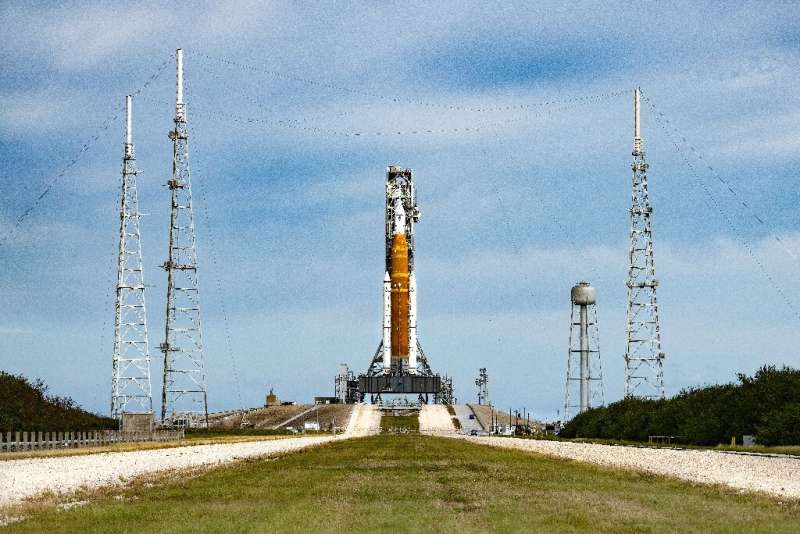
After two failed attempts this summer, NASA was busy Monday completing final preparations for the launch of its new mega Moon rocket, now scheduled for early Wednesday from Florida.
The Artemis 1 mission, a test flight without astronauts, represents the first step in the US space agency's plan to build a lasting presence on the Moon, and taking lessons from there to prepare for a future voyage to Mars.
SpaceX launches a pair of Intelsat satellites on expendable Falcon 9
Monday, 14 November 2022 18:17
SpaceX successfully launched a second pair of C-band replacement satellites for Intelsat over the weekend on the final flight of a frequently used Falcon 9 booster.
The post SpaceX launches a pair of Intelsat satellites on expendable Falcon 9 appeared first on SpaceNews.
Artemis launch delay is the latest of many NASA scrubs and comes from hard lessons on crew safety
Monday, 14 November 2022 17:35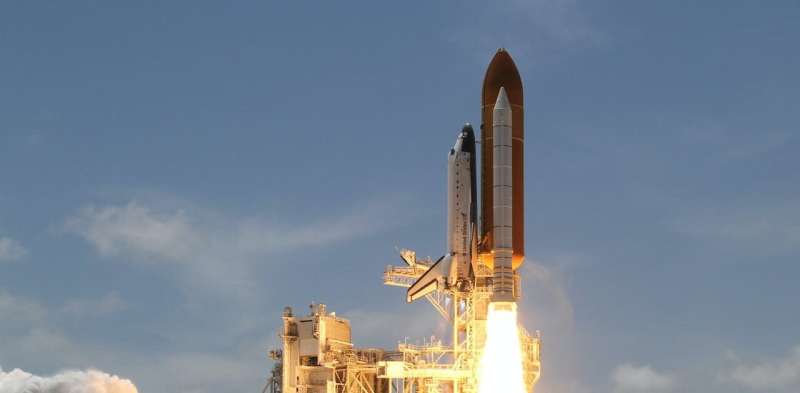
I love a good space launch, and I have been eagerly awaiting NASA's powerful new Space Launch System rocket to take off as the first part of NASA's ambitious Artemis Mission to put U.S. astronauts back on the Moon. But this launch has already been pushed back four times this year—twice due to technical issues and once apiece for a tropical storm and a hurricane.
I am a professor of space studies who teaches courses in space law and history. One lesson I've learned is that as successful as the U.S. and other nations have been at launching rockets into space over the decades, a huge number of launches get delayed due to weather or safety concerns. Of NASA's 135 Space Shuttle missions, only about 40% launched on time.
Moon rocket launch looms as NASA evaluates hurricane damage
Monday, 14 November 2022 16:39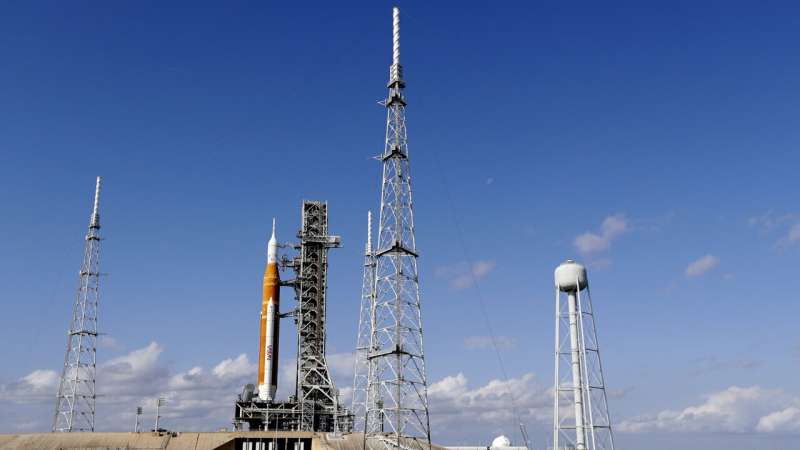
NASA started the countdown Monday for this week's planned liftoff of its new moon rocket, although hurricane damage could cause yet another delay for the test flight.
Hurricane Nicole's high winds caused a 10-foot (3-meter) section of caulking to peel away near the crew capsule at the top of the rocket last Thursday. Mission managers want to make sure the narrow strip won't damage the rocket if it breaks off during liftoff.
NASA's moon rocket on track for Wednesday launch attempt
Monday, 14 November 2022 16:39
NASA started the countdown Monday for this week's planned liftoff of its new moon rocket, although hurricane damage could cause yet another delay for the test flight.
Hurricane Nicole's high winds caused a 10-foot (3-meter) section of caulking to peel away near the crew capsule at the top of the rocket last Thursday. Mission managers want to make sure the narrow strip won't damage the rocket if it breaks off during liftoff.
Safety in space: Synthetic hibernation could provide protection from cosmic radiation
Monday, 14 November 2022 15:11
It is still a glimpse into the future: Astronauts could be put into artificial hibernation and in this state be better protected from cosmic radiation. At present, there are already promising approaches to follow up such considerations.
An international research team led by the Biophysics Department of the GSI Helmholtzzentrum in Darmstadt now has found decisive indications of the possible benefits of artificial hibernation for radiation resistance. The research partners from Germany, Japan, Italy, the UK and the USA have recently published their results in Scientific Reports.
Scientists call the state, which hibernating animals enter, torpor. In this state, life-supporting functions of an organism are reduced: Body temperature is lowered, metabolism is reduced and body functions such as heart rate and respiration rate or oxygen uptake are significantly slowed down.
ESA results on display at COP27
Monday, 14 November 2022 15:00
Achieving net-zero by the second half of the century is considered vital if global temperatures are to remain well below the two degrees rise as set out by the Paris Agreement for climate. From their vantage point in space, satellites provide a unique means of tracking progress towards achieving this balance between greenhouse gas emissions from sources and removal by sinks.
How space-based approaches can support the UN Global stocktake, starting in 2023, are the focus of technical discussions at the 2022 United Nations Climate Change Conference (COP27) currently taking place in Sharm El-Sheikh, and feature results from ESA’s trailblazing REgional Carbon
Biomass heads for the shaker
Monday, 14 November 2022 14:53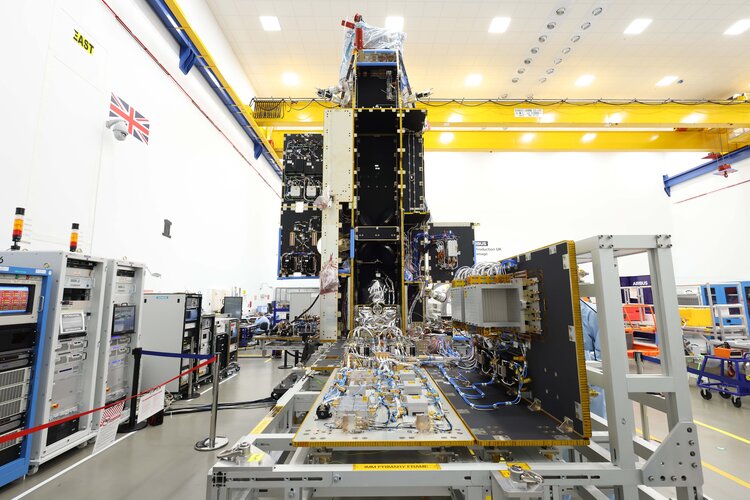
Over the last six months, engineers at Airbus in Stevenage, UK, and teams from Europe and North America have turned a multitude of structural parts and electronic units into a complete satellite: ESA’s Biomass satellite. Now complete, this brand-new satellite has been shipped to Airbus’ testing facility in Toulouse, France, where it will be put through its paces to ensure that it will survive the rigours of liftoff and the harsh environment of space to deliver on its promise, that being to yield new insight into Earth’s precious forests.
Phobos surface striations tell a story of its rupturing interior
Monday, 14 November 2022 13:02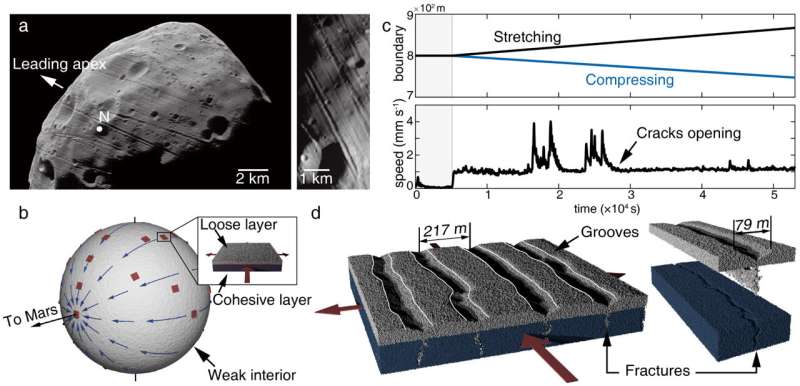
Saying goodbye to Galileo 1st Generation
Monday, 14 November 2022 13:00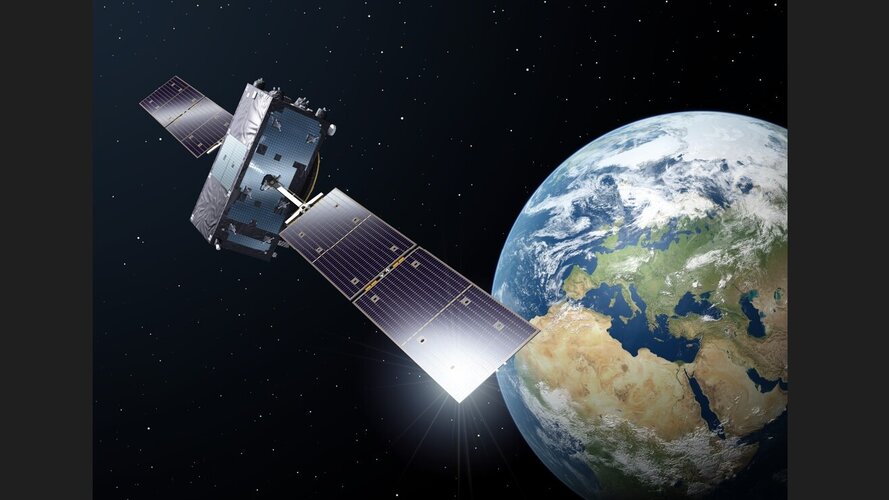 Video:
00:04:05
Video:
00:04:05
Galileo is Europe’s largest satellite constellation – and the world’s most accurate satnav system. The work on Galileo began two decades ago with two test GIOVE satellites, followed by a series of operational launches.
The two GIOVE satellites, the first Galileo In-Orbit Validation satellite and all 34 Galileo Full Operational Capability satellites were tested at ESA’s ESTEC Test Centre, Europe’s largest satellite testing facility.
On this day the very last satellite in the Galileo First Generation series leaves the site, and the people responsible for readying them for space have gathered to say goodbye. Next will come the Galileo
Solar snake spotted slithering across Sun’s surface
Monday, 14 November 2022 12:00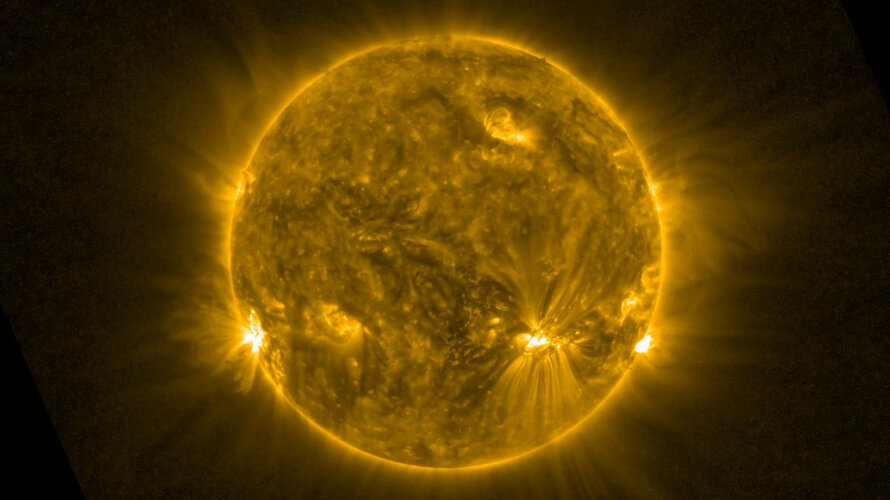 Video:
00:00:11
Video:
00:00:11
Solar Orbiter has spotted a ‘tube’ of cooler atmospheric gases snaking its way through the Sun’s magnetic field. The observation provides an intriguing new addition to the zoo of features revealed by the ESA-led Solar Orbiter mission, especially since the snake was a precursor to a much larger eruption.
The snake was seen on 5 September 2022, as Solar Orbiter was approaching the Sun for a close pass that took place on 12 October. It is a tube of cool plasma suspended by magnetic fields in the hotter surrounding plasma of the Sun’s atmosphere.
Plasma is a state of

